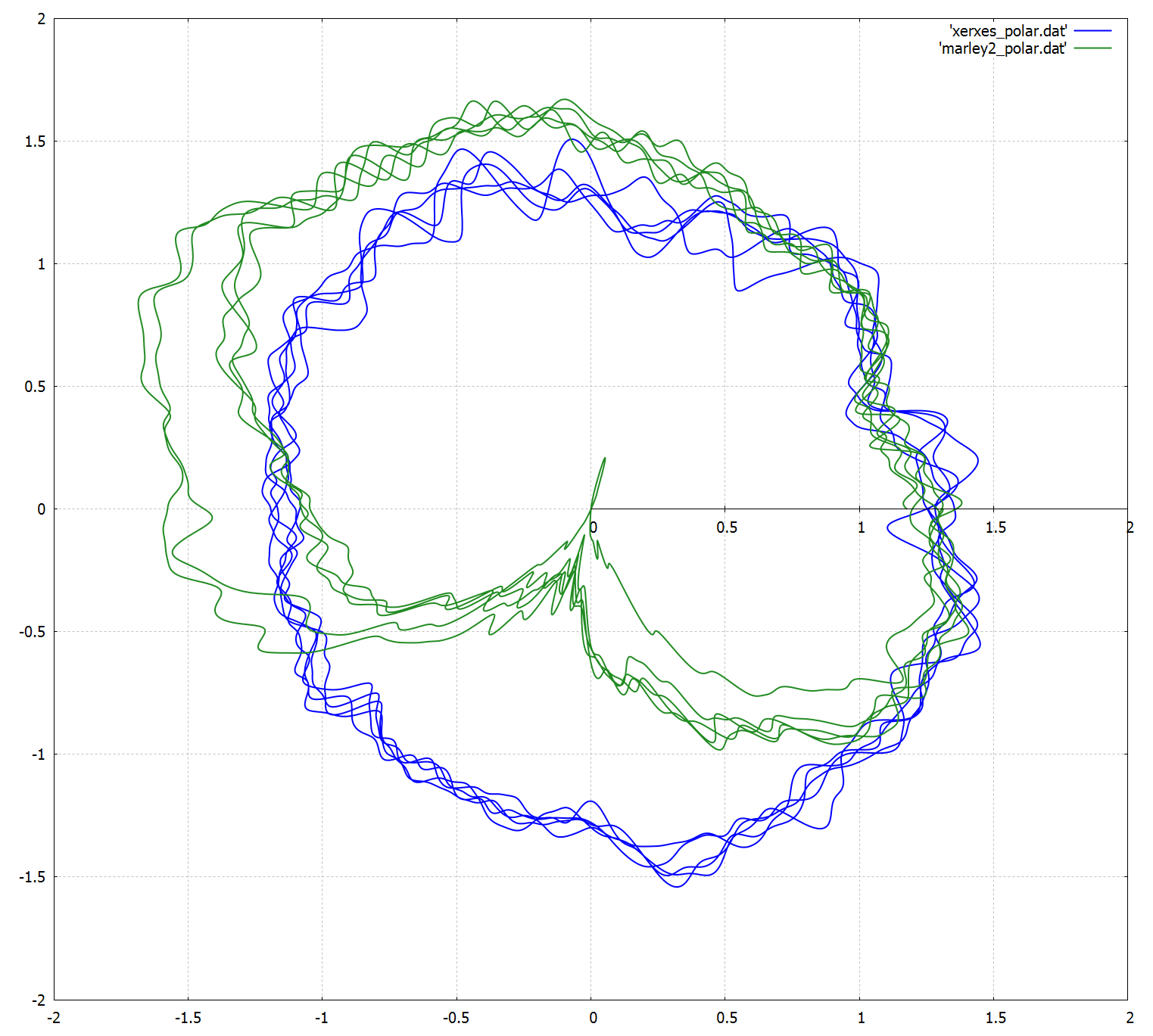onlyconnect
pfm Member
How large is the file? If it is larger than a couple of MB then it is easier for me - and probably a faster send for you - to drop it via the webform here.
I've uploaded the three samples here:
https://www.onlyconnect.co.uk/wowtests.zip
Works with wget
These are the two files I captured from the cheap turntable (marley) and the one from the Xerxes.
Tim


